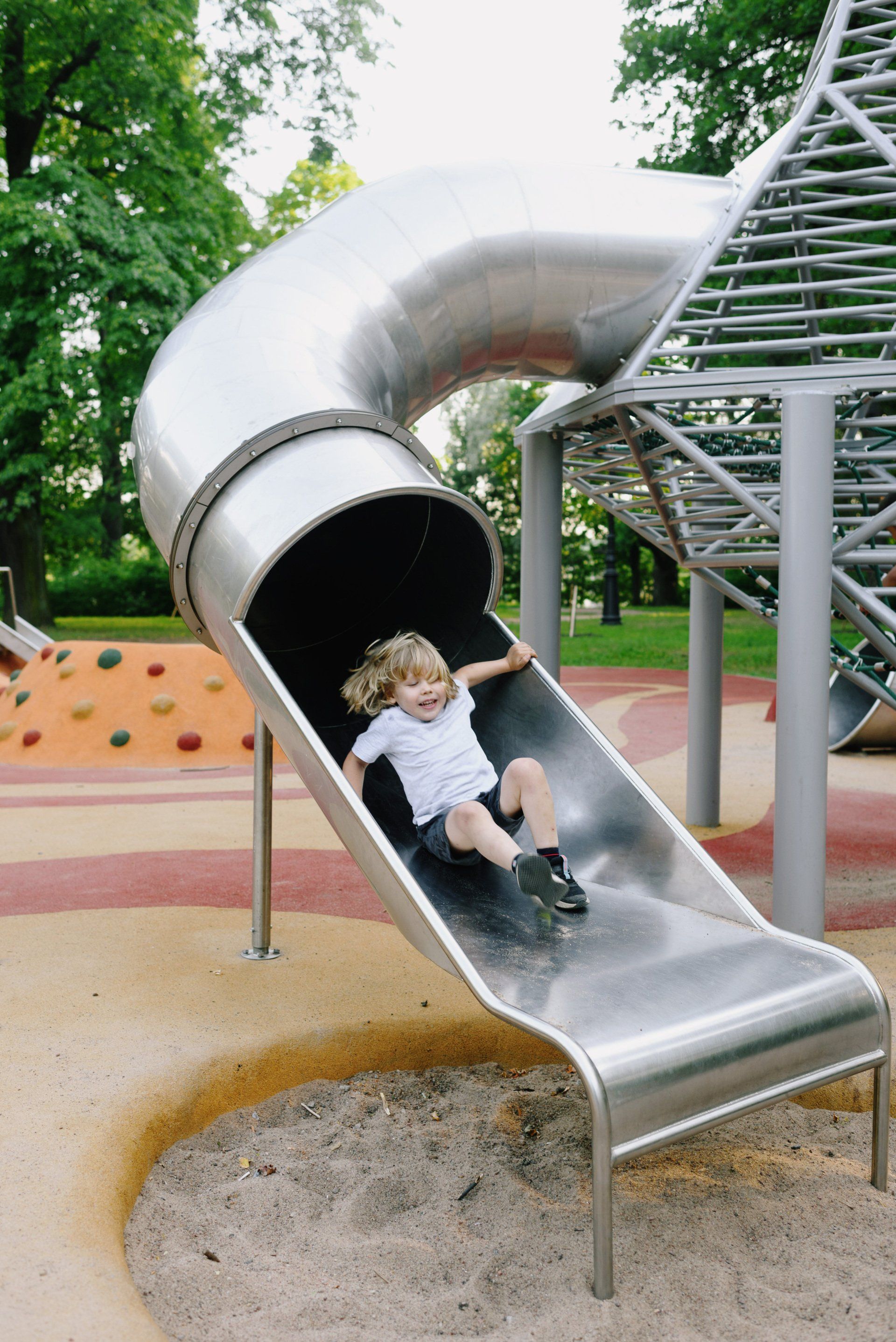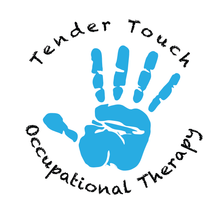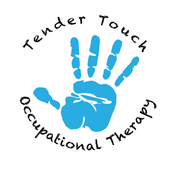Services Provided

Occupational therapy can improve a variety of functional daily tasks, such as getting dressed, playground/social skills, performing homework and other activities. Occupational therapists work with your child to develop, improve and/or restore your child’s abilities and functions.

The Wilbarger deep pressure and proprioceptive technique refers to specific sensory modulation technique developed by renowned occupational therapist Patricia Wilbarger. The protocol is based on sensory integration theory and provides a particular type of sensory input that can have a calming and organizing effect on a child’s central nervous system. It is most often used for individuals who have identified with sensory defensiveness, especially tactile defensiveness. Sensory defensiveness means simply that the child’s nervous system is overly defensive; it will respond to a non-threatening stimulus as if it were threatening. Some commonly reported traits include extreme “pickiness” in food and clothing. Withdrawing from “messy” art/play materials and need to be in control of when they touch or hug.

Therapeutic Listening was developed by occupational therapists Sheila Frick, OTR/L and Colleen Hacker, OTR/L and uses sound training in combination with sensory integrative techniques, which emphasize vestibular stimulation and postural movement strategies and allow therapists to approach the auditory and vestibular system directly. Sound training uses electronically altered music that has been designed to produce specific effects on listening skills when the child follows a prescribed program. Listening skill difficulties are the inability to accurately perceive, process and respond to sounds, and are often found to be an integral part of other perceptual, motor attention and learning difficulties affecting a large number of children. Therefore, listening becomes a function of our whole body, not just an ear. Hearing, a function of the ear, is passive and does not involve the direction of attention to sound. Sound is received by the ear and passed along like a microphone. Listening is active and requires the desire to communicate and the ability to focus on the ear or certain sounds selected for discrimination and interpretation. Please visit vital links for more information.

Handwriting fluency is fundamental to learning because children think and write at the same time. When we teach children to write, we also teach them how to express themselves. If they struggle to form their letters, their ability to express themselves will suffer. Children who do not master handwriting may be slow, sloppy or illegible writers. We focus on fun and achievement to optimize children’s curiosity and joy of learning throughout school. Our goal is to help students learn proper handwriting habits and then apply those habits naturally and automatically to all writing experiences that they’ll take throughout elementary school, high school and beyond. The HWT curriculum starts when children enter Kindergarten. By playing, singing and building letters, they develop important skills they need to print words, sentences, paragraphs and eventually transition to cursive.

Your child will be assessed by our expert therapist in our evaluation room. We offer PDMS-2 (Peabody Developmental Scale) which assesses gross and fine motor skills. The Sensory Integration and Praxis Test (SIPT), by Dr. A. Jean Ayres (founder of Sensory Integration Disorder), is known as the “Gold Standard” of testing sensory integration ad praxis functions. It measures the sensory integration processes that underlie learning and behavior. We offer evaluations using Ayres Clinical Observations for reflex development. Some of the other assessments include Gardner Test of Visual Motor Skills, Test of Visual Perceptual Skills and The Sensory Profile-2. These assessments provide us with extensive information about your child so we can identify your child’s strengths and weaknesses. From this information, we will design the best occupational therapy program for your child.
Signs of Sensory Integration Dysfunction may Include
- Overly sensitive to touch, movement, sights or sounds
- Under-reactive to sensory stimulation
- Activity level that is unusually high or unusually low
- Coordination problems
- Delays in speech, language, motor skills or academic achievement
- Poor organization of behaviors
- Poor self-concept
If you suspect your child might have a sensory integration disorder, have him/her evaluated by a licensed occupational therapist with a strong background in sensory integration therapy. You should ask for a SIPT certified therapist. The SIPT/Sensory Integration and Praxis test is the only comprehensive, standardized evaluation that can diagnose a sensory processing disorder. Only a SIPT therapist is qualified to give this test.
Results of the evaluation will indicate whether or not a sensory integration disorder is present and will provide you with a profile of your child’s sensory processing abilities in a number of areas. Recommendations regarding the appropriateness of therapy will be made.

Occupational Therapist
All Rights Reserved | Southern Minnesota Speech Pathology
